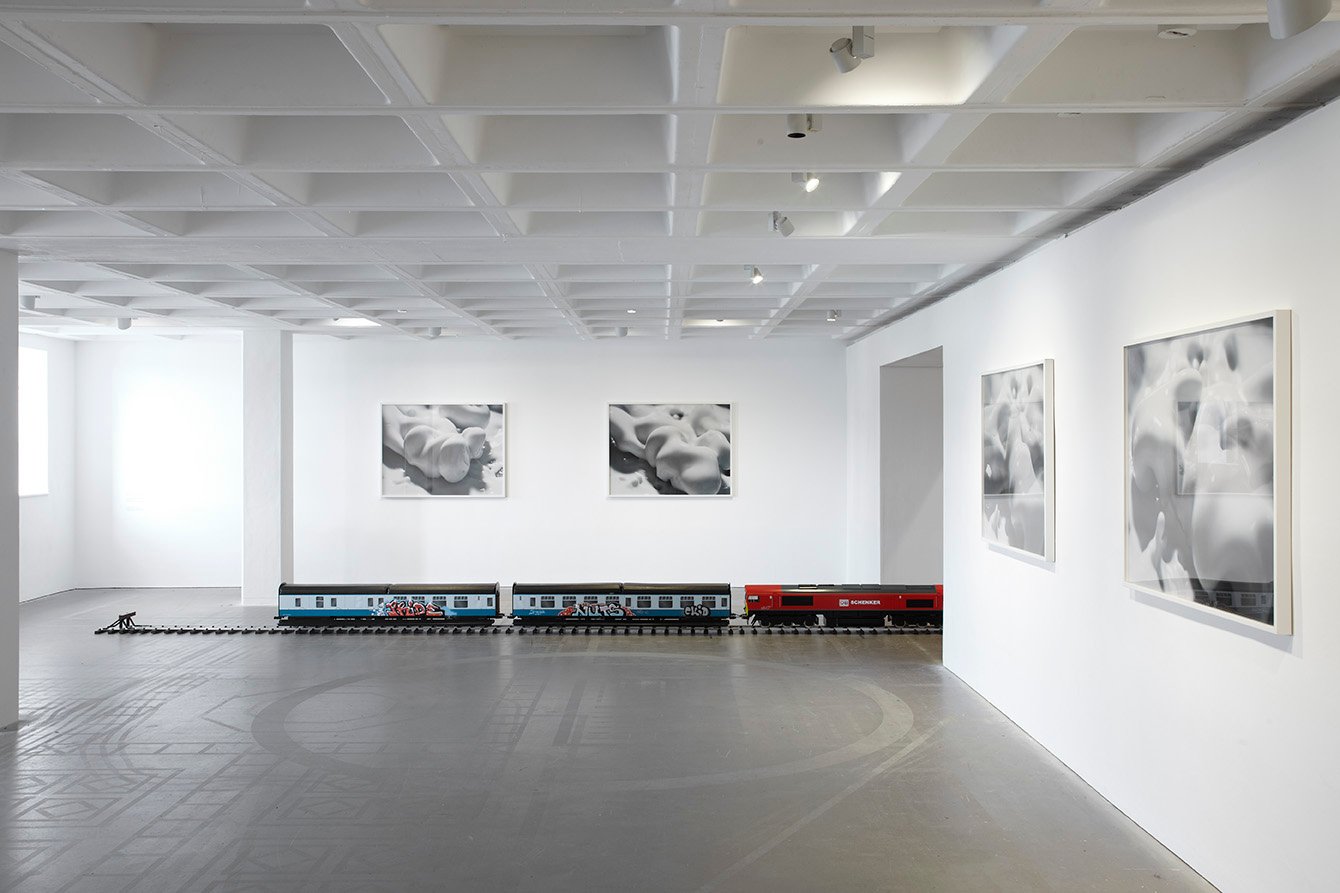
Josephine Pryde: These are just things I say, they are not my opinions. Arnolfini 2014.
Photo: Stuart Whipps
Roots at risk
Regional galleries have helped many UK artists achieve international acclaim. But their role as champions of ground-breaking work is under threat, warns Kate Brindley.
The shortlisting announced for the 2016 Turner Prize last month revealed that three of the four finalists were nominated for the impact their work achieved at international exhibitions. This indicates the extent to which UK contemporary art is continuing to enjoy acclaim overseas as a creative force. But it also raises questions about whether UK artists should need to achieve international acclaim before they can be considered worthy finalists for the UK’s biggest arts prize.
Regional roots
It could be argued that the latest shortlist is a natural consequence of working in an increasingly globalised arts market. But even if that is the case, it is worth considering the broad consequences of this for emerging artists in the UK.
Central government and local authority cuts are putting pressure on regional galleries to lead with art that has less challenging and more mainstream appeal
All of the shortlisted artists have benefited from their work being supported by one or many of the UK’s regional art galleries and museums at points in their careers when support and recognition for more experimental and challenging art is increasingly hard to find.
Regional galleries like Arnolfini in Bristol – where we have recently presented shows of nominees Josephine Pryde and Michael Dean – are prepared to take artistic and commercial risks to support the development of future artistic leaders. But exhibiting these artists and their work was not easy from a funding perspective. At many stages of planning it was touch and go whether we could in fact exhibit them at all.
Structural crisis
In the regions there tends to be less appetite for supporting work that is more controversial or challenging. This is because there are weaknesses in the cultural eco-system that are particularly significant for galleries and organisations whose mission is to bring challenging art to the public’s attention.
The current structural crisis in funding is hitting the regions particularly hard. Central government and local authority cuts are putting pressure on regional galleries (which don’t enjoy the same funding advantages as London) to lead with art that has less challenging and more mainstream appeal, at the expense of more difficult and experimental work.
Regional exhibitions have been significant milestones on the paths of the 2016 Turner Prize nominees. In the absence of clear strategies or policies to address these weaknesses in the system, the UK’s clear leadership position in international contemporary art is potentially at risk. The UK could be set back by decades at precisely the time when we should be championing innovation, experimentation and risk-taking.
Looking for answers
It would help if campaigns like the Turner Prize could work harder to reflect the acclaim of these exemplary artists and their work back towards the source where they were first introduced to the public. Any evidence or publicity that highlights the rewards for being brave would greatly boost the case for those in the regions to secure ongoing support from funders, sponsors and commercial partners for this type of work.
As there is currently no sign of any answers coming from elsewhere, it must now fall to those regional organisations that are leading in the development of challenging and difficult art to work more closely together. We need to be innovative, finding new ways and new models of collaboration, to share, invest and increase attention and focus for funding and support for emerging artists and their work.
Kate Brindley is CEO of Arnolfini.
www.arnolfini.org.uk
Tw @ArnolfiniArts
Join the Discussion
You must be logged in to post a comment.